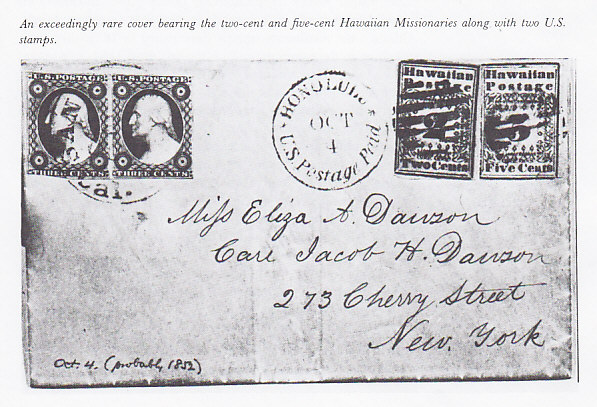
 For the last eighty years, the investment potential of fine collectable stamps has not been lost on the worldwide philatelic community. Numerous references to the elementals of supply and demand and their effect on the burgeoning stamp market are found in English journals in the 1890s, and in American journals not much later. For the last decade, stamps have been an excellent investment medium, with rare United States stamp prices increasing at an average compounded rate of 15 percent. In 1979 the rate was 40 percent. It is difficult to go back and evaluate prices of eighty years ago to see how stamps fared
For the last eighty years, the investment potential of fine collectable stamps has not been lost on the worldwide philatelic community. Numerous references to the elementals of supply and demand and their effect on the burgeoning stamp market are found in English journals in the 1890s, and in American journals not much later. For the last decade, stamps have been an excellent investment medium, with rare United States stamp prices increasing at an average compounded rate of 15 percent. In 1979 the rate was 40 percent. It is difficult to go back and evaluate prices of eighty years ago to see how stamps fared









